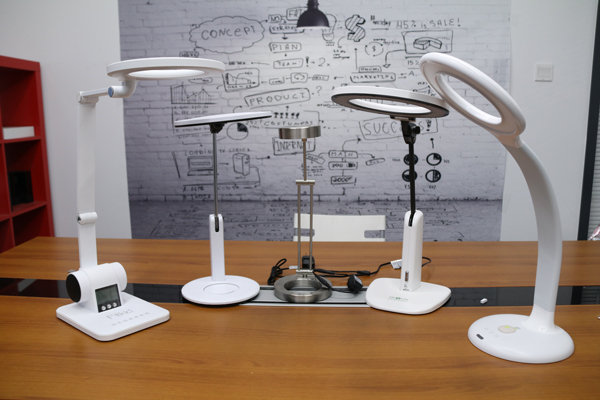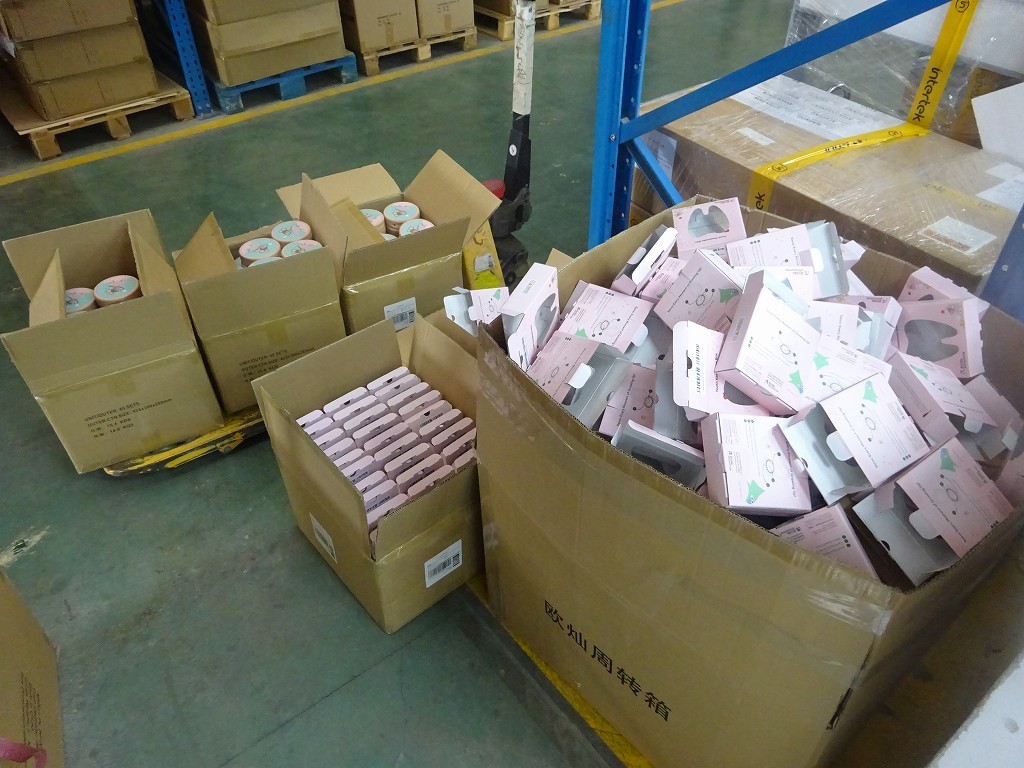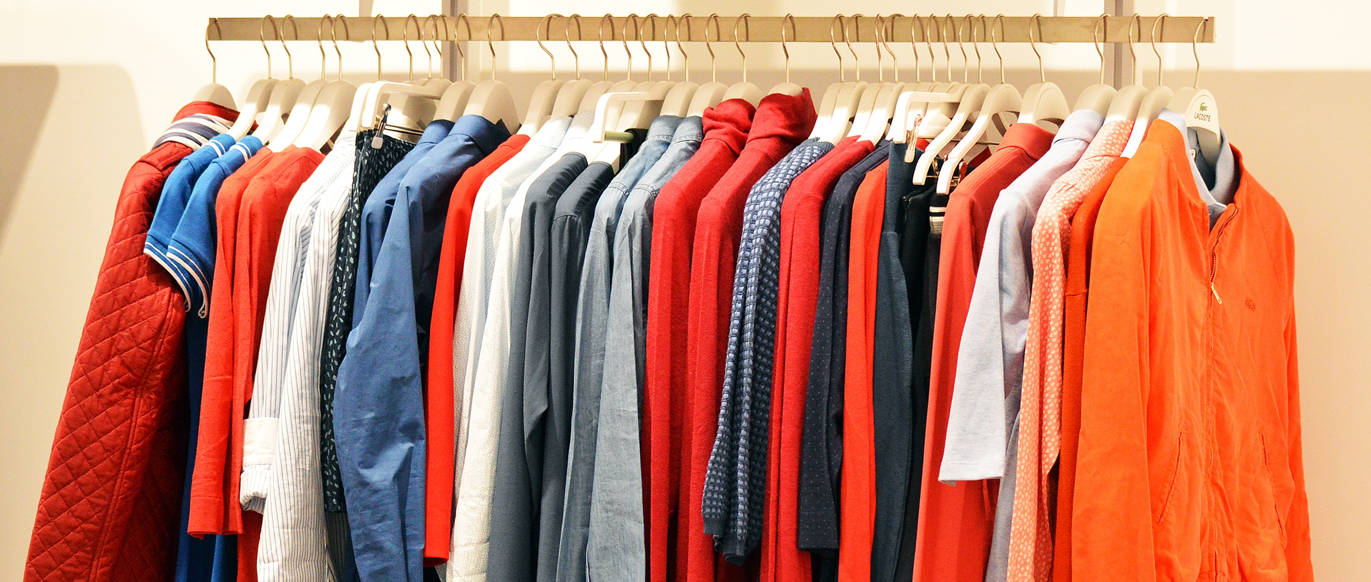As digital screens become increasingly integrated into our daily lives, from smartphones to computers, the impact of prolonged exposure to artificial lighting on eye health has gained attention. Eye protection lights, particularly ceiling-mounted varieties, have emerged as essential tools for reducing eye strain, improving comfort, and mitigating the harmful effects of blue light. But how do we evaluate the quality of these lights, and what international standards apply to ensure their effectiveness? This article explores the key factors in evaluating eye protection lights, focusing on quality requirements and global standards.

Key Quality Requirements for Eye Protection Lights
Before considering international guidelines, it’s crucial to understand the fundamental quality requirements that define effective eye protection lights. Here are the key criteria to look for:
- Spectral Composition The most important factor that sets eye protection lights apart is their ability to reduce harmful blue light, specifically in the wavelength range below 450 nm. High exposure to blue light can cause eye strain and disrupt sleep cycles by affecting circadian rhythms. Effective lights usually emit warmer color temperatures (2700-3000K) to create a more comfortable and eye-friendly environment, similar to natural lighting conditions.
- Light Intensity and Uniformity Uneven lighting can cause glare, shadows, and discomfort, all of which strain the eyes. High-quality eye protection lights ensure uniform light distribution across the room, often with adjustable brightness levels. Uniform illumination helps prevent visual fatigue by eliminating areas of high contrast.
- Flicker-Free Operation Flickering lights, caused by fluctuations in light intensity, are a major source of eye discomfort and can lead to headaches and strain. High-quality eye protection lights are engineered to eliminate flicker, offering stable, consistent illumination. This flicker-free technology is especially vital for environments where people spend long hours, such as offices and study rooms.
- Glare Reduction Glare occurs when bright light contrasts sharply with surrounding darkness, making it difficult to focus. Eye protection lights reduce glare by using design elements like diffusers or anti-glare coatings. This improves visual comfort, particularly in environments where detailed work is performed, such as reading or computer use.
- Adjustable Color Temperature The ability to adjust the color temperature is essential for meeting different lighting needs throughout the day. Whether a cooler light is required for focused tasks or a warmer light for relaxation, high-quality eye protection lights provide customizable settings that adapt to various environments and tasks.
- Durability and Build Quality Durability is another key factor when evaluating eye protection lights. They should be made from high-quality materials and feature robust construction to ensure long-term use. Heat management systems that prevent the lights from overheating also contribute to the product’s longevity. Consumers should look for lights with a good warranty and a reputation for long-lasting performance.
International Standards for Eye Protection Lights
To ensure that eye protection lights not only meet quality expectations but are also safe for users, several international organizations have developed standards. These guidelines help manufacturers and consumers identify products that meet specific safety and performance criteria.
- IEC 62471: Photobiological Safety of Lamps and Lamp Systems Developed by the International Electrotechnical Commission (IEC), this standard addresses the risks associated with optical radiation from lamps. IEC 62471 is particularly relevant for eye protection lights, as it assesses the potential health risks posed by exposure to light, including blue light. Compliance with this standard ensures the lights are safe for everyday use.
- ISO 8995: Lighting of Indoor Workplaces ISO 8995 offers guidelines for the lighting of indoor environments, such as offices and schools. While not limited to eye protection lights, this standard covers crucial factors like illuminance levels, color rendering, and glare reduction. Adhering to these guidelines ensures that eye protection lights provide adequate lighting for indoor workspaces.
- EN 12464-1: Light and Lighting – Lighting of Workplaces This European standard focuses on the design of lighting for workplaces and includes specific recommendations on lighting quality, color rendering, and glare control. Though initially intended for work environments, EN 12464-1 offers valuable insights into evaluating eye protection lights for a variety of settings.
- CIE S 009: Photobiological Safety of Lamps and Lamp Systems Similar to IEC 62471, this standard from the International Commission on Illumination (CIE) provides detailed guidance on evaluating the photobiological safety of lighting systems. It focuses on protecting users from potential hazards related to optical radiation, ensuring that eye protection lights do not pose any health risks.
Conclusion
As the digital age continues to expand, eye protection lights have become an essential tool for safeguarding eye health and comfort. To ensure that these lights provide effective and safe illumination, they must meet both quality requirements and international standards. Consumers should prioritize products that offer the right spectral composition, uniform light intensity, flicker-free operation, glare reduction, adjustable color temperature, and durability.
In addition, adherence to international standards like IEC 62471, ISO 8995, EN 12464-1, and CIE S 009 can serve as a reliable benchmark for selecting high-quality eye protection lights. These guidelines ensure that products meet the necessary safety criteria while delivering the comfort and performance that users need in an increasingly screen-dominated world.
By understanding the factors that define quality and knowing which standards to look for, consumers can make informed choices to create well-lit environments that promote eye health and overall well-being.






